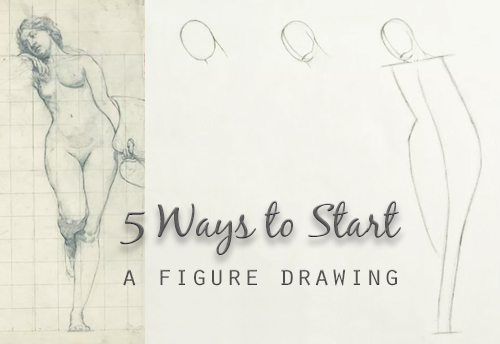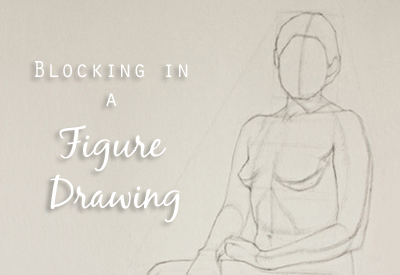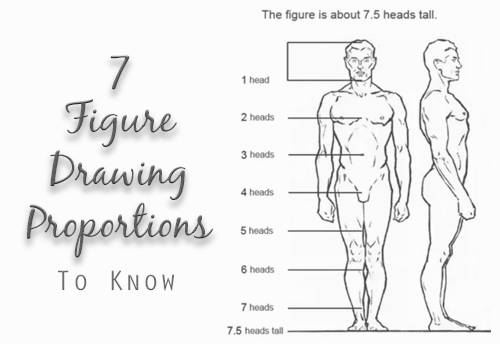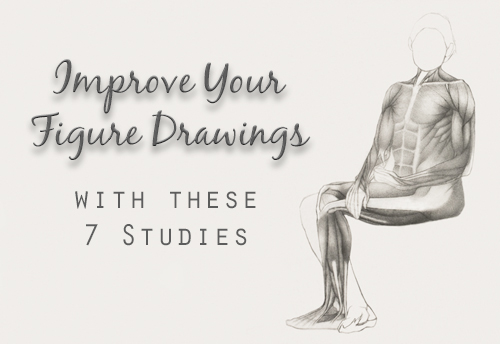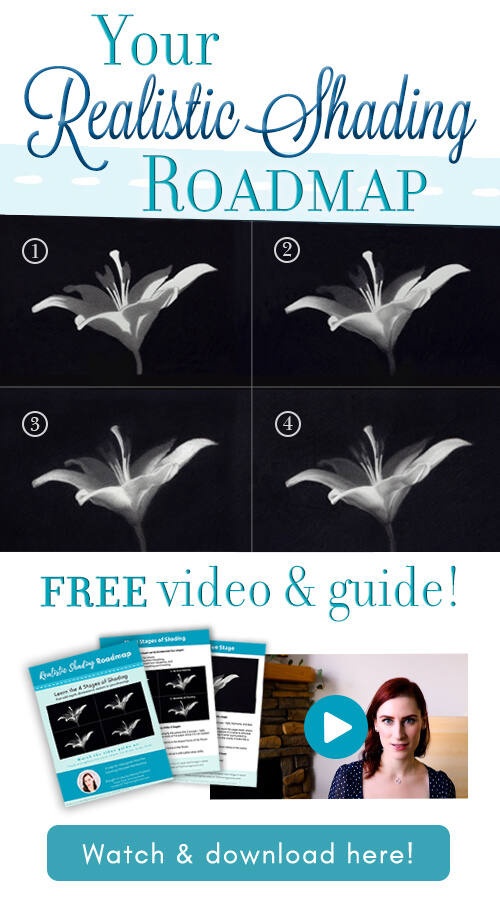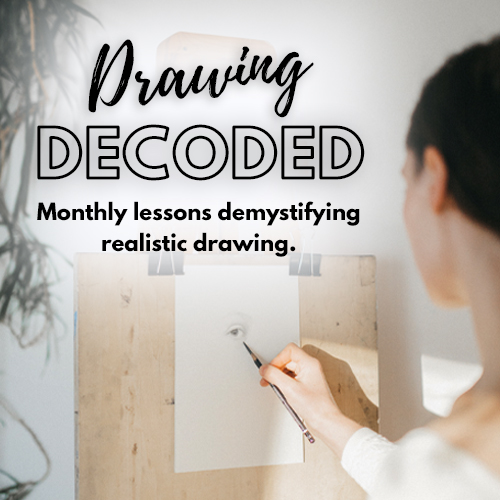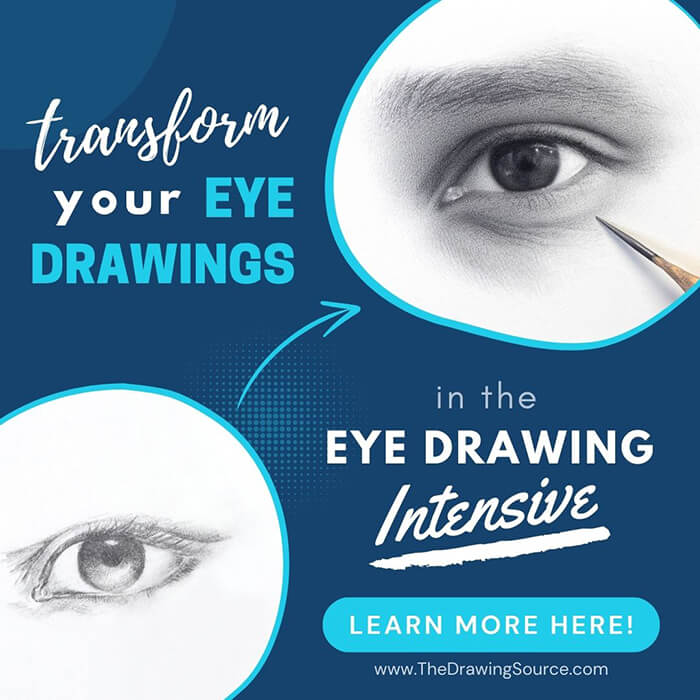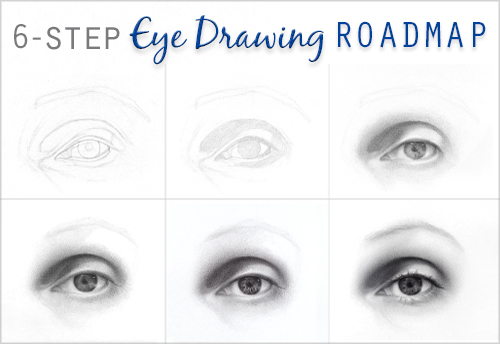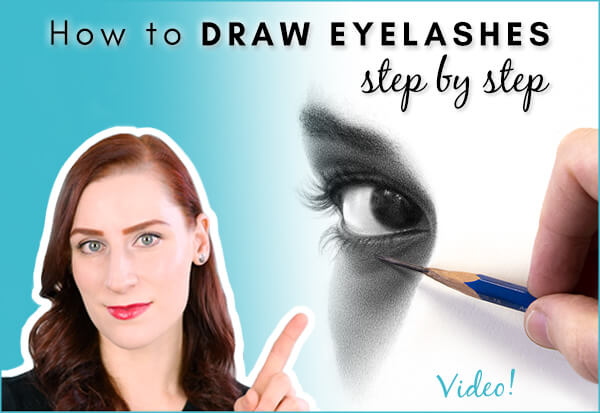- Home
- Figure Drawing
Figure Drawing
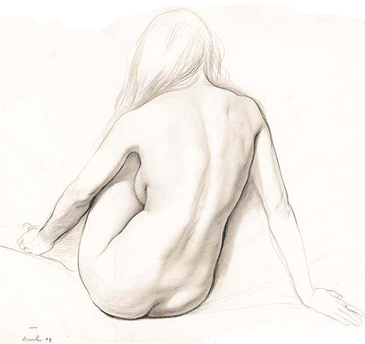 Silverpoint drawing by Steven Assael Silverpoint drawing by Steven Assael |
Many consider figure drawing to be the holy grail of representational art. While there are as many ways to draw the figure as there are people, three approaches resonate with me the most: |
Figure drawing can be approached from a place of knowledge, observation, and interpretation. These three approaches are most effective when used in combination with
one another. Each approach adds a unique dimension to the drawing
process, and to the drawing itself.
Figure Drawing Knowledge
Approaching figure drawing from a place of knowledge means understanding:
- how to conceptualize the major forms that make up the figure
- the movements the body can make, and how to draw them convincingly
- the basic proportions of the body
- the skeletal anatomy of the body, and
- the muscular anatomy of the body and how it relates to the skeleton (where the muscles originate and insert on the skeleton, how they move their respective areas of the body, and the like).
How does this knowledge improve your drawings? It adds a logic and believability, and helps you create the illusion of three-dimensionality and solidity in your figures.
You also gain the freedom to create the figure (at least partially) from your imagination and memory. While drawing from memory may not be your ultimate goal, it's an
extremely useful skill, particularly when something is unclear or
obscured on the model.
This happens more often than you might think! When this occurs, your knowledge will allow you to "fill in the blanks" instead of being completely dependent on what you can see.
You will also be able to "edit" the figure in front of you when drawing from life, and alter it in ways to better suit the intent of your picture.
Pages Related to Figure Drawing Knowledge
5 Ways to Start a Figure Drawing
One of the challenges of drawing figures is that it is a problem solving
activity that requires us to be flexible in our approach. In this lesson, learn 5 ways to start a figure drawing!
Step by Step Figure Drawing Tutorial
A step by step tutorial on blocking in a figure drawing.
7 Figure Drawing Proportions to Know
In order to draw a believable likeness of any subject, no
matter what or who it is, we must draw the proportional relationships as they appear on that specific
subject. Keep in mind these 7 proportions during your next figure drawing.
7 Studies to Improve Your Figure Drawings
A great way to improve your figure drawing is to draw analytical studies before settling into your long-pose drawing. Learn 7 useful studies to conduct on this page!
Figure Drawing from Observation
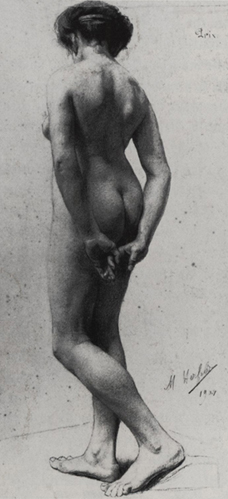 By Marie-Suzanne Herfeld, 1903 By Marie-Suzanne Herfeld, 1903 |
Drawing from observation can infuse our pictures with vitality and life. It gives us the opportunity to notice the unique, unpredictable moments
that occur in life: the rhythms, subtle fall of light, imperfections,
oddities, and specifics that add character and individuality to a model
or drawing scenario. Another reason to draw from observation? You can never predict what will inspire you until you see it! That is such an exciting part of drawing: that potential to see something that moves you to want to communicate it. |
|
However, observation cannot replace having an understanding of what you see. Drawing is not (or should not be, in my opinion) merely mimicking or copying. It is a means of communication, and we cannot effectively communicate what we do not understand. |
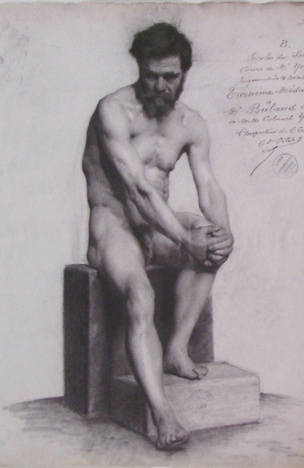 By Jean-Eugene Buland, 1873 By Jean-Eugene Buland, 1873 |
Interpreting the Figure
Hopefully I have convinced you to develop
both your knowledge and your eye for figure drawing.
However, I would like to point out that this formal study can be a means to an end, and not necessarily an end in itself.
Ultimately if we use our knowledge and
skills to interpret the figure, it can become a unique and personal form
of self-expression.
With everything there is to learn about
drawing, it can be easy to forget that creative self-expression is what
compelled us to create art in the first place! One way to keep this in
mind is to consistently ask questions that guide our artistic practice,
such as:
|
|
What fascinates me about the human figure? |
|
|
Why am I compelled to draw it? |
|
|
What is meaningful to me, that I am driven to communicate? |
|
|
What will the figure help me express in my artwork? |
Even if you are unable to concretely answer
these questions, just considering them may guide you in new, more
personal directions. As fascinating as the study of figure drawing is in itself, it can be even more engaging, both for you and your audience, when it also becomes a study of yourself and the world around you.
Related Pages
If you enjoyed this page on figure drawing,
you may also be interested in ...
Return to the Homepage from Figure Drawing
